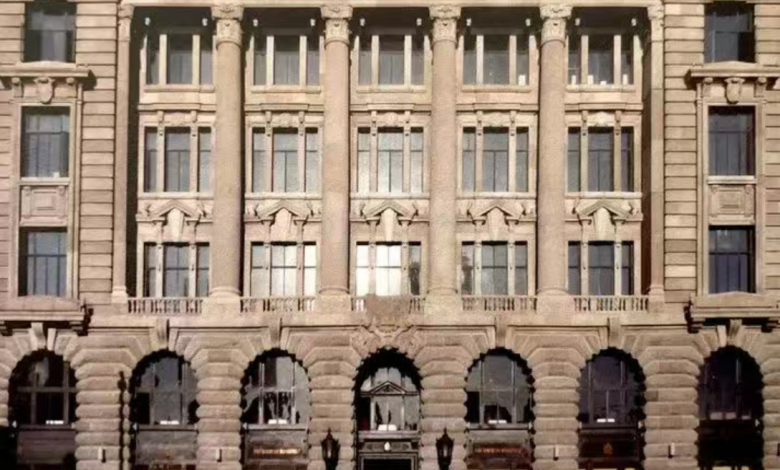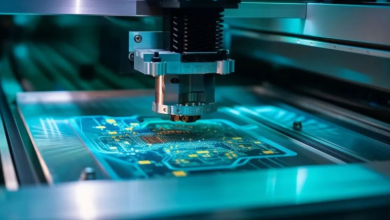Local Tradition & British Influence in Shanghai Architecture

1. The British Colonial Legacy: The Bund & Beyond
🏛️ The Bund: A British-Built Skyline
The Bund, Shanghai’s famous waterfront, is perhaps the most striking example of British influence. During the late 19th and early 20th centuries, British trading firms and banks constructed grand neoclassical, Beaux-Arts, and Art Deco buildings, including:
- HSBC Building (1923) – Once called “the most luxurious building between the Suez Canal and the Bering Strait,” its dome features mosaic murals blending Eastern and Western motifs.
- Customs House (1927) – With its iconic clock tower (modeled after Big Ben), it symbolizes British administrative power in old Shanghai.
- Sassoon House (1929, now Fairmont Peace Hotel) – A prime example of Art Deco luxury, built by British-Jewish tycoon Victor Sassoon.
These structures were designed to project power and modernity, yet they incorporated subtle Chinese elements, such as decorative flourishes and feng shui considerations.
🏢 British Concession & Garden Estates
The former British Concession (now parts of Huangpu and Jing’an) introduced:
- Tudor and Victorian-style mansions (e.g., along Julu Road and Maoming Road)
- Public gardens (like the former British Public Garden, now Huangpu Park)
- Red-brick townhouses that later influenced shikumen residences
2. Chinese Architectural Traditions in Shanghai
⛩️ Jiangnan Style: Courtyards & Gardens
Before Western influence, Shanghai’s architecture was rooted in Jiangnan-style (Lower Yangtze) design, characterized by:
- Whitewashed walls, black-tiled roofs, and wooden lattice windows (seen in the Yuyuan Garden complex)
- Courtyard houses (四合院-inspired layouts) adapted for urban living
🏘️ Shikumen: A Hybrid of East & West
The shikumen (石库门) is Shanghai’s most iconic residential form, blending:
- British row-house layouts (terraced homes with shared lanes)
- Chinese stone gate frames (石库门, hence the name)
- Jiangnan-style internal courtyards
Areas like Xintiandi (a restored shikumen district) showcase this unique fusion.
3. The Blending of Styles: Where East Meets West
⛪ Churches & Civic Buildings
Some of Shanghai’s most striking architectural hybrids include:
- St. Ignatius Cathedral (Xujiahui Cathedral, 1910) – A French-designed Gothic church with Chinese brickwork.
- Shanghai Municipal Council Building (1930s, now a government office) – Combines British imperial grandeur with Chinese decorative details.
🏨 The Great World & Amusement Halls
Early 20th-century entertainment venues, like the Great World (大世界), mixed British structural engineering with Chinese ornamental styles, creating flamboyant, eclectic facades.
4. Preservation & Modern Adaptations
Today, Shanghai carefully preserves its architectural heritage:
- The Bund remains a protected historical area.
- Xintiandi reimagines shikumen as luxury boutiques and cafes.
- New developments (e.g., Lujiazui’s skyscrapers) sometimes incorporate traditional motifs into glass-and-steel designs.




